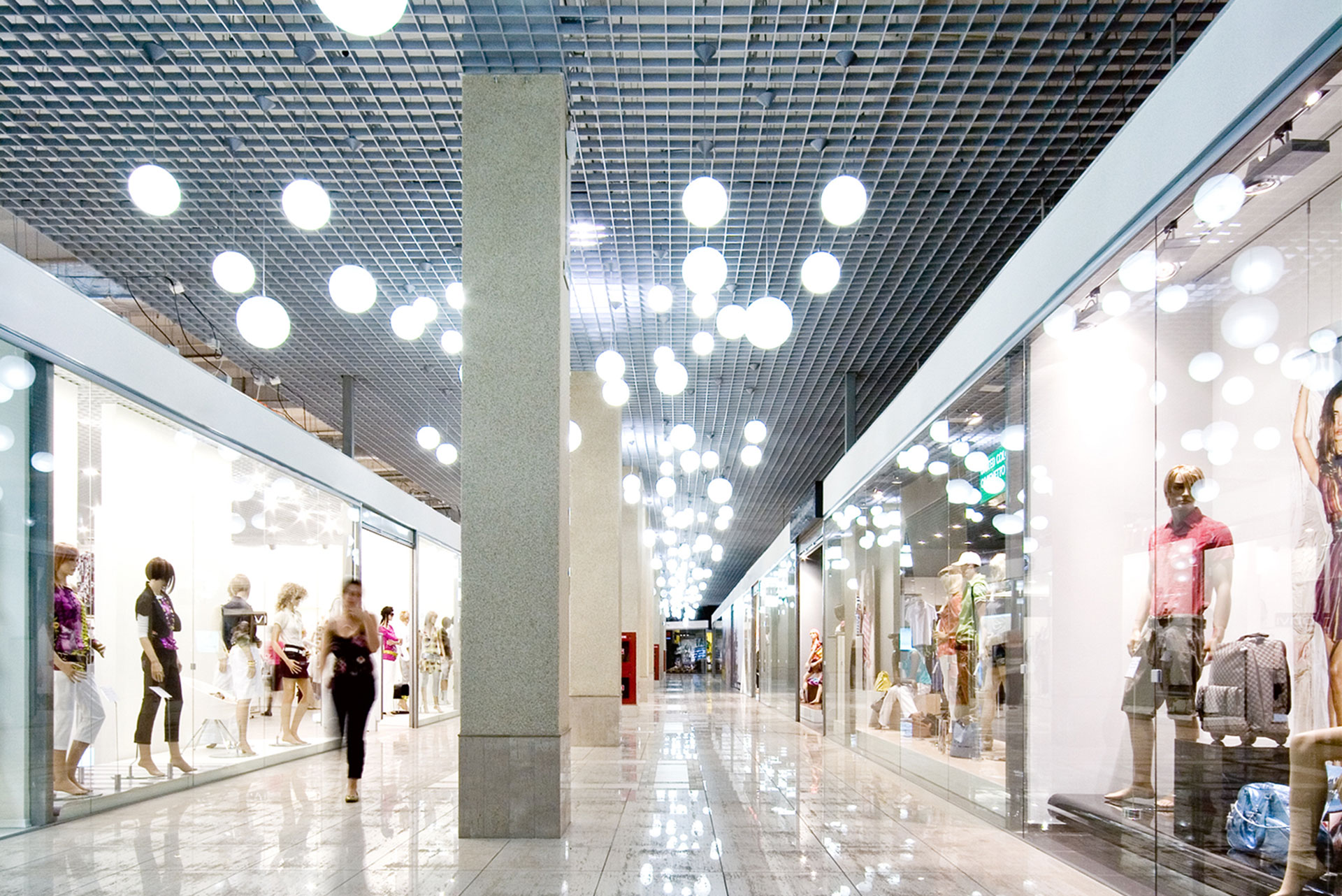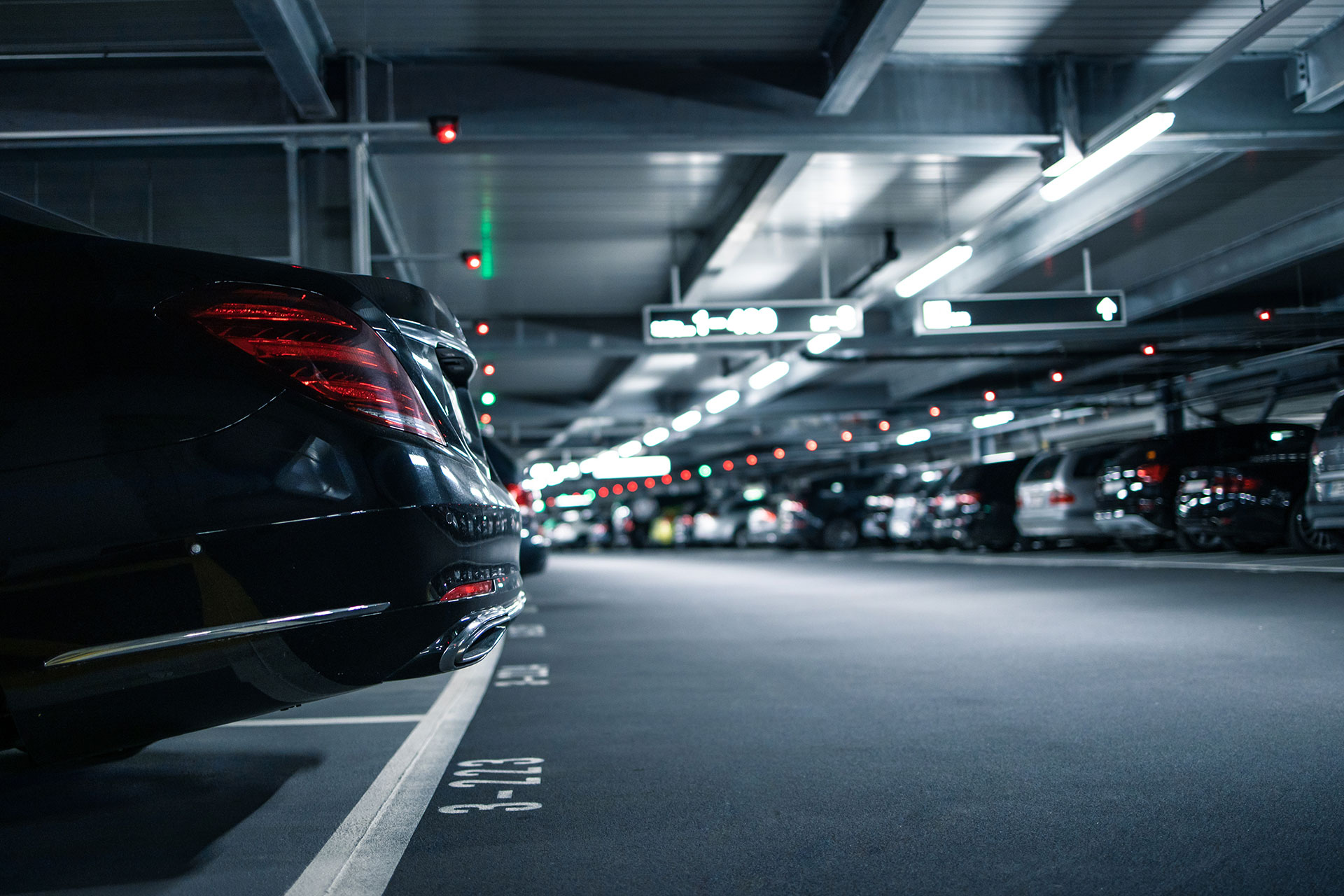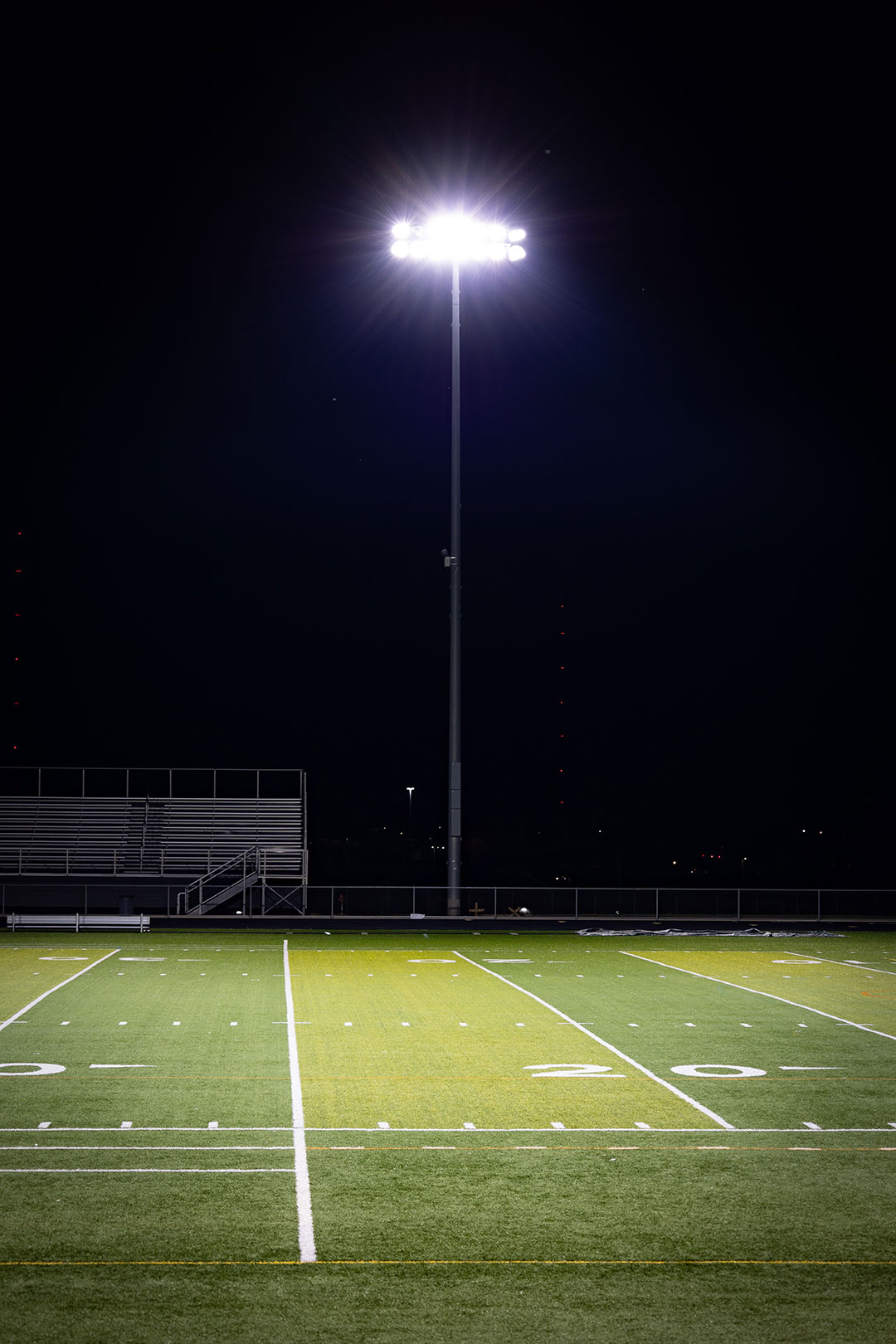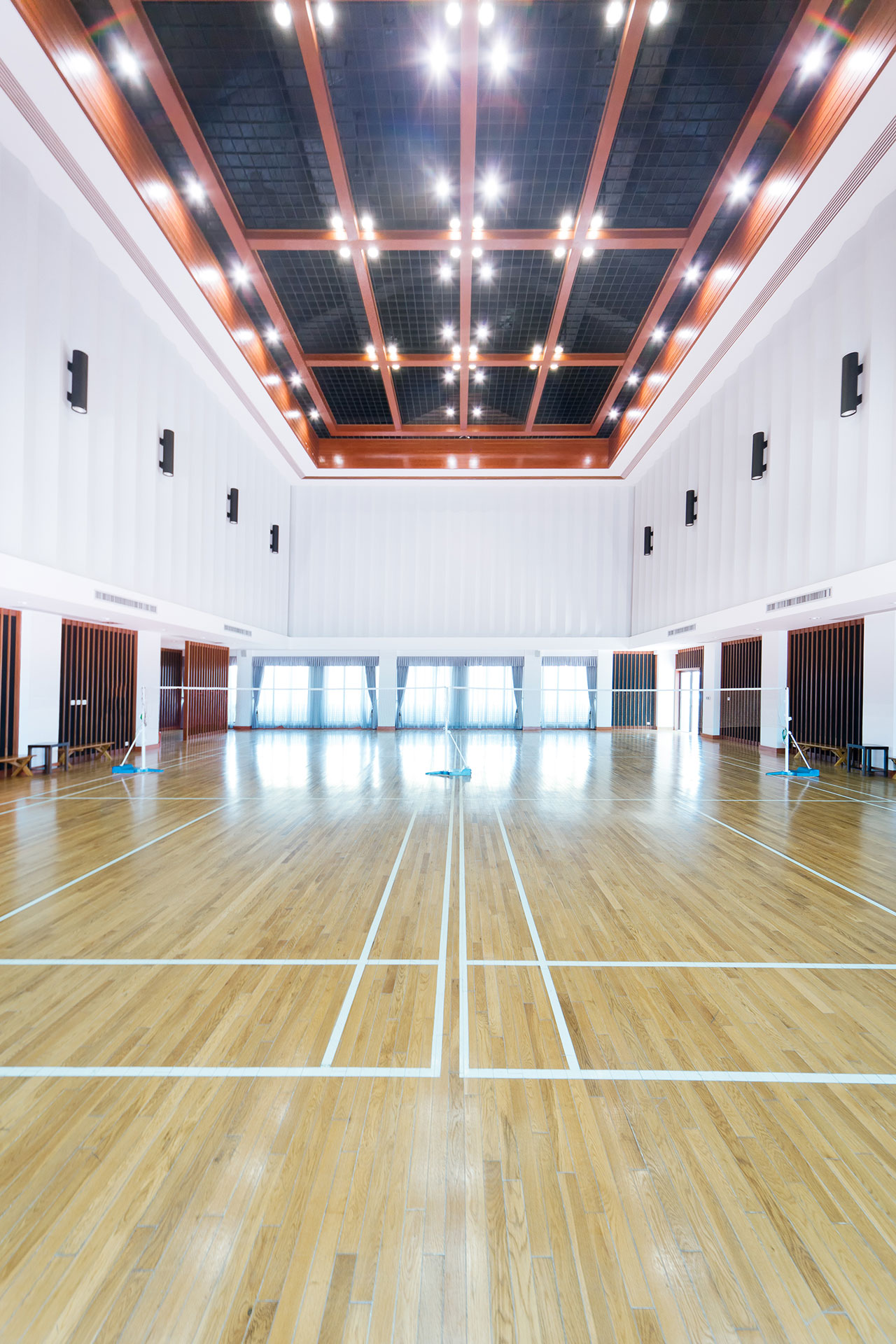Applications
Warehouse
The warehouse and distribution sector in the U.S. has boomed in recent years.
Devising effective lighting control strategies for these spaces requires consideration of 24/7 operational schedules, intermittent and unpredictable occupancy throughout large portions of facility spaces, and the presence of architectural daylighting features such as skylights, windows, and clerestories. Whether the project is new construction or retrofit, code compliance is key.
Retail
According to the latest CBECS report, 83% of retail and commercial buildings—accounting for more than half of all floor space—were without occupancy sensors. Scheduling, daylight harvesting, demand responsive lighting and plug load control were even less widely implemented.
Driving down operating costs, while enhancing the customer experience is challenging. Scheduling, grouping, and zoning for small or large spaces requires flexible and easy interfaces.
OFFICE
With more than half of all commercial office buildings constructed between 1960-1999, there is substantial room for energy-efficiency upgrades to lighting and opportunities for adding smart wireless control platforms.
Designing and deploying effective control networks requires understanding both owner/operator and occupant needs. Simplicity of operation and adjustability is key for both groups while scalability and flexibility is essential for future needs as tenants change or space requirements evolve.
Hospitality / Dining
Lowering operational costs are a key goal for the 661,000 eatery locations across the country. The National Restaurant Association sees the rise of “Intelligent Restaurants” by 2030, reporting relevant operational data to its owners.
Retrofitting older businesses or designing new dining establishments will require control systems that can export data yet be simple to adjust on site when needed. Independent eateries will want to choose cloud based or stand-alone designs.
Parking Garages
Controlling the lighting in the more than 40,000 garages and surface parking lots in the U.S.can be challenging. Safety and security for visitors is a paramount concern. Operating environments can be challenging, with physical obstructions and harsh weather conditions. Meeting jurisdictional requirements for occupancy-and daylight-responsive control can seem daunting. Owners and operators need the most cost-effective, reliable lighting control to satisfy these needs.
AREA / Site Lighting
Many parking lots are illuminated for 12+ hours daily with intermittent or infrequent occupancy during nighttime hours. In fact, the US Department of Energy estimates that organizations spend as much as $6 billion annually lighting parking lots and garages.
Choosing lighting controls for these facilities means achieving optimal energy performance without compromising safety and security for visitors. Ideal solutions will be highly flexible, such as wireless systems that dramatically reduce installation costs, as well as rugged control devices that can thrive in harsh weather conditions.
Outdoor Sports Fields
Youth and recreational sports are a vital aspect of American society today, with more than 5500 youth sport fields across the US.
Today’s lighting controls have achieved remarkable flexibility and simplicity of operation while increasing signal distances. Products like the mwConnect Bluetooth Range Extender make designing a robust and reliable sport lighting solution even easier. mwConnect’s smartphone control interfaces add easy access to help address forgotten shut off times, overlit security lighting during non-use, and on-the-fly corrections to scheduling conflicts.
Education
The average age of K-12 school buildings is 44 years, and average major renovations more than a decade old. Significant state and federal funding opportunities exist for energy-efficient upgrades to lighting with the addition of smart wireless networked controls.
Effective lighting strategies for education and afterhours community use need to consider high activity levels in gyms, dynamic classroom activities such as presentations, and static activities like study periods. Changes to lighting during school time needs to be intuitive and simple. Flexible and remote control functionality gives small maintenance teams the ability to manage activities across multiple buildings.
STairwells, Storerooms and Restrooms
Stairwells, storerooms, and restrooms uniquely impact users, and exist in virtually all commercial spaces. While their uses are diverse, they share some common lighting control solutions. Controls can boost energy savings as much as 40-60% in these critical yet intermittently-used spaces.
OSHA, ADA and ASHRAE 90.1 all have specific requirements for infrequently used spaces. For instance, stairwell lighting must be on 24/7 although they are traveled only 2% of the day. Restroom lighting is also mandated, but can benefit from integrating control with HVAC loads. Storage areas may be accessed less than 1% of the time, but need high activity light levels when occupied.
Indoor Sports Facilities
Indoor gyms and indoor sports within K-12 alone may account for more than one-half billion square feet, supporting the 50+ million daily students and almost 3 million high school students in organized indoor sports. Equally significant is the need to utilize the same space for theater, rally, and multipurpose uses.
Wireless lighting and controls can facilitate good illumination for these very different demands. Site administrators need the opportunity to manage either while on site or while working remotely. Scheduling should be accessible from the school office, admin building, or from portable smartphones. Control systems must leverage area or circuit level lighting; as well as support individual fixture control scenarios when needed.










